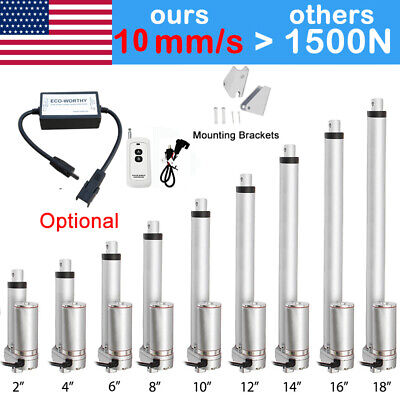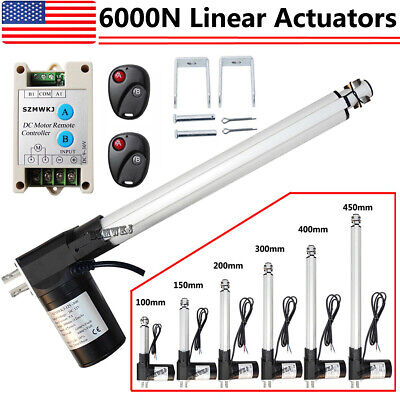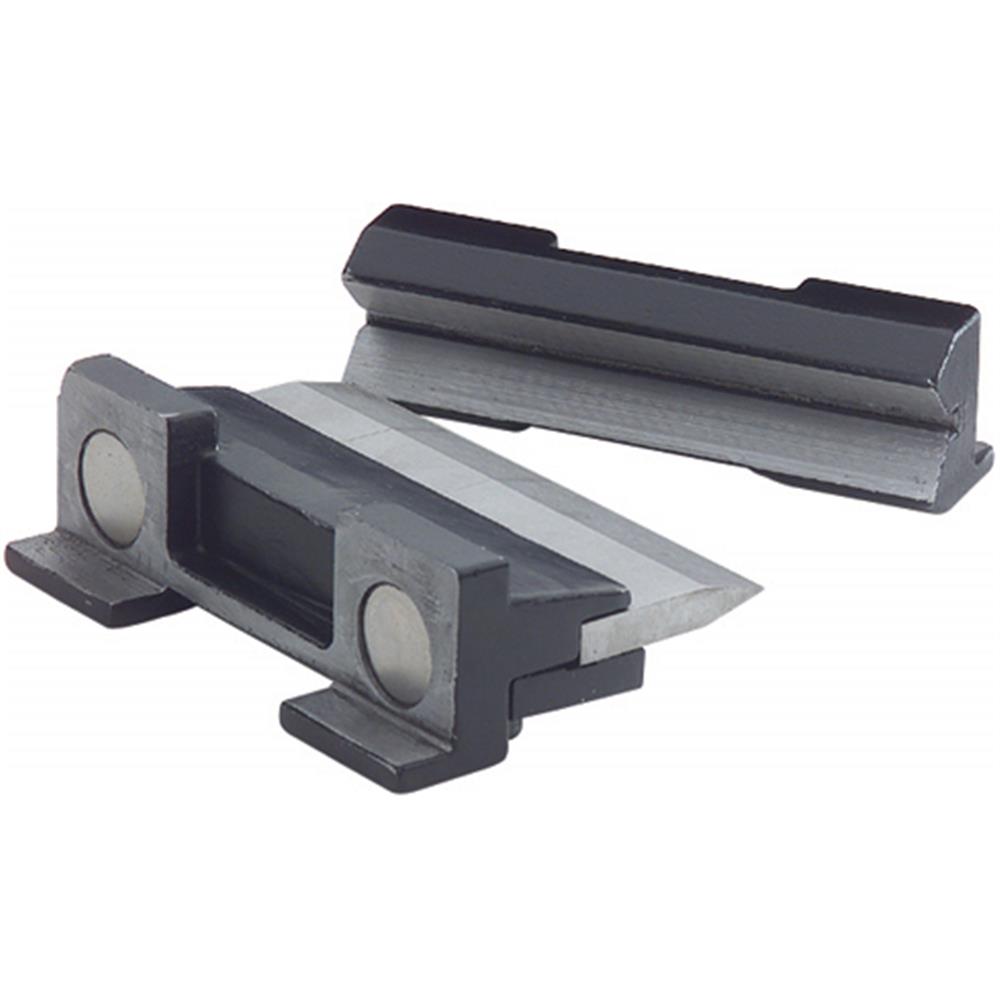- Joined
- Mar 3, 2013
- Messages
- 1,448
Old school commercial copy machines typically had 110V AC gear motors that would be perfect. 10 years ago free scrap machines were plentiful. I'm not sure how many of them are still around.

A few years ago I built a drive for the knee of my BP mill and I had the same question. So, I kind of used the caveman method to determine what I needed. I put 200 lbs of weight on the mill table and used my torque wrench to crank the table up. I just kept adjusting the wrench until I could establish the minimum amount of torque required to raise the table. I think I added about 25% to that value for selecting a gear motor. I also determined the speed in kind of the same manner by just cranking the table up, counting and timing the number of turns to establish a speed that was acceptable to me. It all worked out very well. Just some food for thought.Specifically, what torque spec am I looking for? I'm not sure how to go about calculating it.
I know, but in the 20 or so years I've had this, I've moved the table out of the way exactly once. I think it will be able to be lowered enough to handle just about anything long that I need. If not, I can remove the riser mechanism.This design does not allow the table to be swung aside for long workpieces
There might be, but it's really pricey.Is there a way to hook up a milling machine power feed?
Otherwise you will need an angle drive with gear reduction.
You may also want to try to pull or push the table from the front, at least some of the weight, to keep it from jamming
Bernie
Yes, I'd probably mount the motor to a plate on the column. I didn't show it because I haven't designed it yet. I wanted to see what type of motor I'd need first.If the motor was mounted to a plate clamped around the column so it rotated with the table it might work.
Or a winch set-up from the top.
OK, just spitballing here ...
First off, decide how fast you want the table to move. If you have a relatively slow motor, use a coarse (like 1/2-13) threaded rod. If the motor is fast, you might go with fine thread (like 1/2-20).
Second, you'll probably want to support the bottom of the threaded rod directly against something solid, rather than going through the motor and making the motor bearings hold the weight. Use a timing belt, bicycle chain, or gears to couple the motor to the rod. Or maybe mount the motor to the top of the rod.
Finally, find a DC gearmotor with appropriate speed and power. There's such a variety out there that I doubt I could be of much help.
If this were several years ago, I'd have suggested going to a "big dish" satellite TV installer to beg or buy a used dish positioner motor. But they're kinda hard to find nowadays. They had a useful speed, lots of power, and a very interesting feature ... internal limit switches! Here's a series of photos of the installation I did on one of my drill presses. The motor mounts where the hand crank used to be. The second photo shows what's "under the hood." The inside end of the output shaft is on the right (with a bunch of magnets and a reed switch to give position feedback to the controller). On the left, hidden behind the wiring, is a cam gear (slowed way down from the output shaft) that activates (settable) limit switches. Mine runs on 36VDC and raises the table at a reasonable speed - about 3 seconds per inch.

You might want to consider a linear actuator. There are several available from the Surplus Center for prices as low as $25.00.
Surplus Center
They currently have 101 listings for various lift heights and weight capacities. They are listed in order of lift heights.
A few years ago I built a drive for the knee of my BP mill and I had the same question. So, I kind of used the caveman method to determine what I needed. I put 200 lbs of weight on the mill table and used my torque wrench to crank the table up. I just kept adjusting the wrench until I could establish the minimum amount of torque required to raise the table. I think I added about 25% to that value for selecting a gear motor. I also determined the speed in kind of the same manner by just cranking the table up, counting and timing the number of turns to establish a speed that was acceptable to me. It all worked out very well. Just some food for thought.
Ted
The material is ~1/16" polycarbonate (Lexan, Hyzod, etc.) that I bent with my vise brake. It would probably have taken full 90º bends with no problems, but I chickened out and did double 45's.Off topic....Hman, how did you bend that clear shield?

